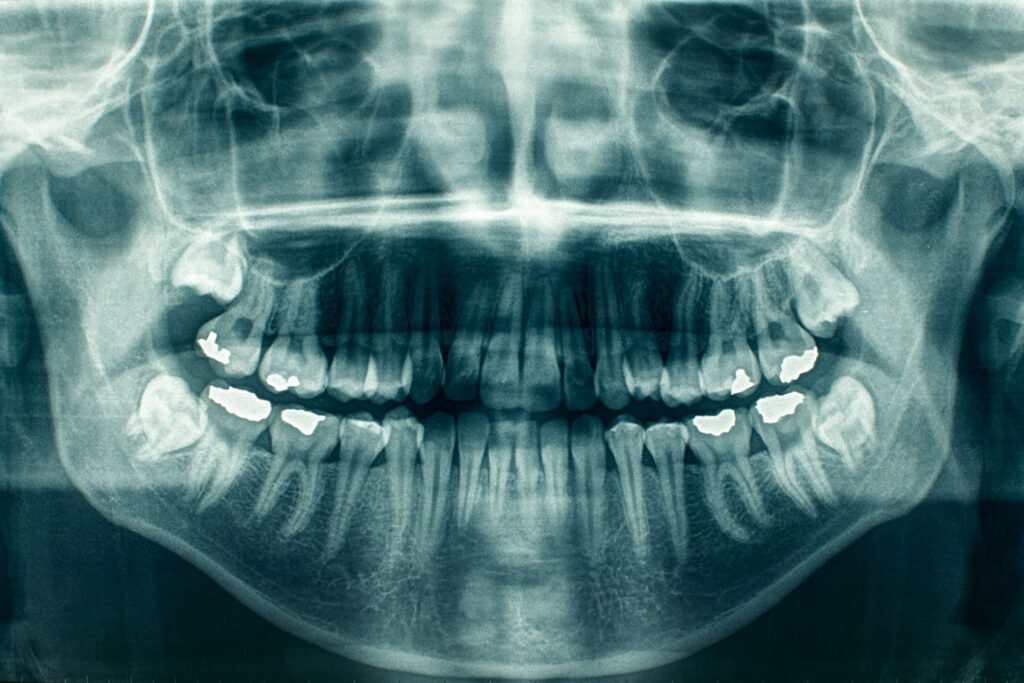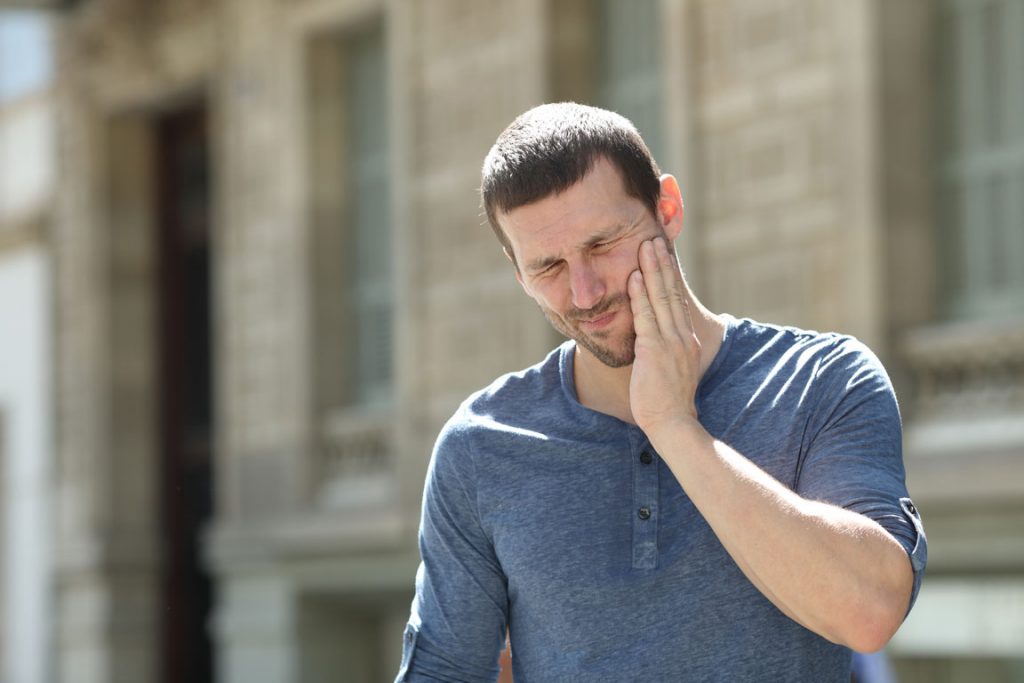TMJ dysfunction is a common health condition associated with potentially painful symptoms. This article will provide information on TMJ dysfunction and ways chiropractic therapy can help alleviate these pains.
Temporomandibular Disorders (TMDs) and TMJ
Temporomandibular disorders (TMDs) are a group of more than 30 conditions that cause pain and dysfunction in the jaw joint and muscles that control jaw movement. “TMDs” refers to the disorders, and “TMJ” refers only to the temporomandibular joint itself. People have two TMJs; one on each side of the jaw. You can feel them by placing your fingers in front of your ears and opening your mouth.
There are three main classes of TMDs:
- Disorders of the joints, including disc disorders
- Disorders of the muscles used for chewing (masticatory muscles)
- Headaches associated with a TMD


Causes of TMDs
Injury to the jaw or temporomandibular joint can lead to some TMDs, but in most cases, the exact cause is not clear. For many people, symptoms seem to start without obvious reason. Recent research suggests a combination of genes, psychological and life stressors, and how someone perceives pain, may play a part in why a TMD starts and whether it will be long lasting.
Because TMDs are more common in women than in men, researchers are exploring whether the differences in TMJ structure and mechanics between females and males may play a role.
What Is TMJ Dysfunction?
The temporomandibular joint (TMJ) connects your jaw to the side of your head. When it works well, it enables you to talk, chew, and yawn. For people with TMJ dysfunction, problems with the joint and muscles around it may cause:
- Pain that travels through the face, jaw, or neck
- Stiff jaw muscles
- Limited movement or locking of the jaw
- Painful clicking or popping in the jaw
- A change in the way the upper and lower teeth fit together
Jaw pain may go away with little or no treatment. Treatment may include simple things you can do yourself, such as eating soft foods or applying ice packs. It may also include pain medicines or devices to insert in your mouth. In very rare cases, you might need surgery.
Treating TMJ Dysfunction With Chiropractic Therapy
Dr. Merckling is an expert at treating TMJ dysfunction with chiropractic therapy and has given lectures on the subject to Suffolk County dentists, oral surgeons, and the New York State Chiropractic Association. Chiropractic treatment methods promote proper TMJ motion by restoring equilibrium to the jaw muscles, decreasing the pressures causing the painful symptoms. Contact us today to schedule an appointment so we can naturally and effectively help alleviate your pain.





